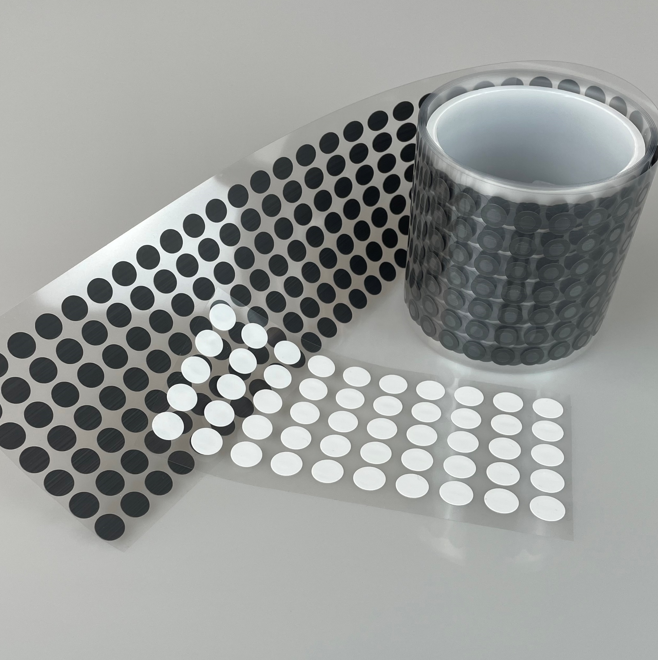Versatile Applications Across Multiple Industries
The remarkable versatility of vent membrane technology enables its successful deployment across diverse industrial sectors, providing customized solutions that address specific protection and ventilation challenges in applications ranging from consumer electronics to heavy industrial equipment. This adaptability stems from the ability to engineer vent membrane properties to match precise application requirements, creating specialized products that deliver optimal performance in each unique environment. In the automotive industry, vent membranes serve critical functions in protecting electronic control modules, lighting systems, and fluid reservoirs from moisture and contamination while allowing pressure equalization during temperature changes. These applications benefit from the membrane's ability to prevent water ingress that could cause electrical failures while permitting thermal expansion gases to escape, preventing pressure-related damage to sealed housings. The electronics sector relies heavily on vent membrane technology to protect sensitive components in outdoor equipment, telecommunications infrastructure, and portable devices. The membrane's ability to prevent condensation formation while maintaining IP ratings makes it invaluable for maintaining electronic reliability in challenging environments. Medical device applications demand the highest levels of cleanliness and reliability, making vent membranes essential for sterile packaging systems, diagnostic equipment ventilation, and implantable device protection. The biocompatibility and sterilization resistance of specialized vent membranes ensure safe deployment in medical applications. Industrial equipment applications encompass hydraulic systems, gearboxes, transformers, and chemical processing equipment where contamination prevention and pressure management are critical for operational reliability. The chemical resistance and durability of vent membranes make them ideal for these demanding environments. Packaging applications utilize vent membrane technology to create breathable packaging systems that maintain product freshness while preventing contamination, particularly valuable for food packaging and pharmaceutical storage. The controlled permeability properties enable optimization of internal atmosphere conditions. Marine applications benefit from vent membrane technology in navigation equipment, underwater housings, and vessel ventilation systems where saltwater protection and pressure equalization are essential. The corrosion resistance and sealing capabilities make vent membranes perfect for maritime environments. Consumer products including outdoor gear, automotive accessories, and home appliances increasingly incorporate vent membrane technology to enhance durability and performance while maintaining aesthetic appeal.


